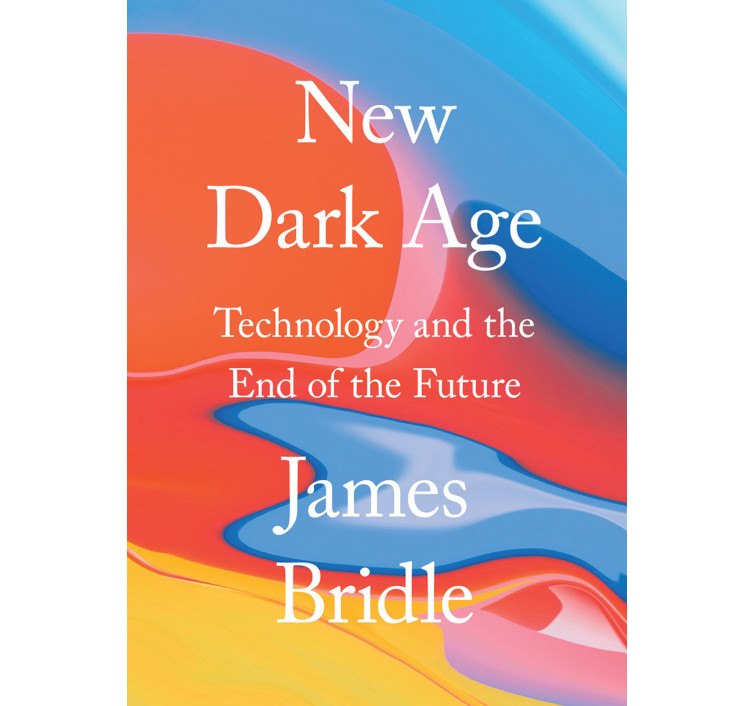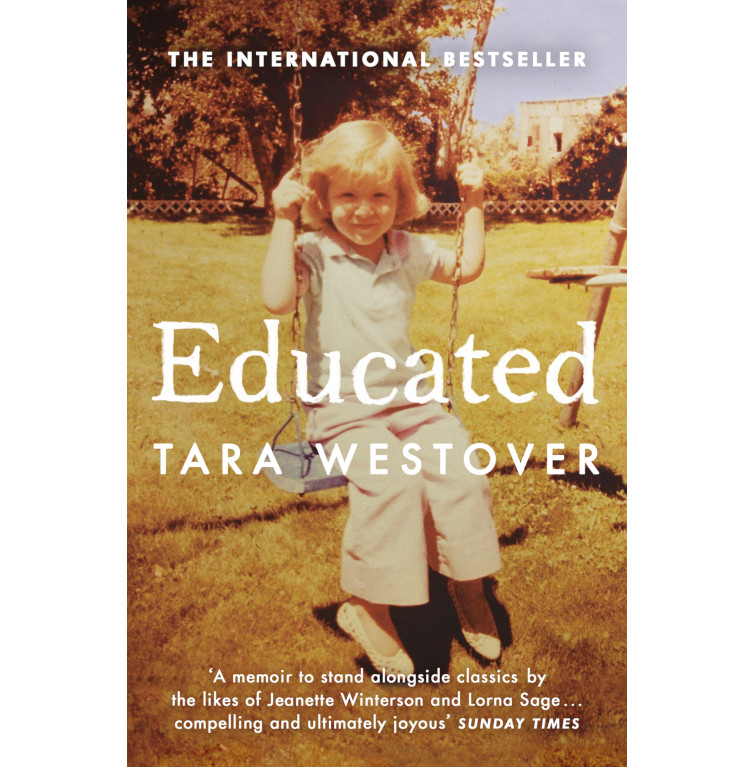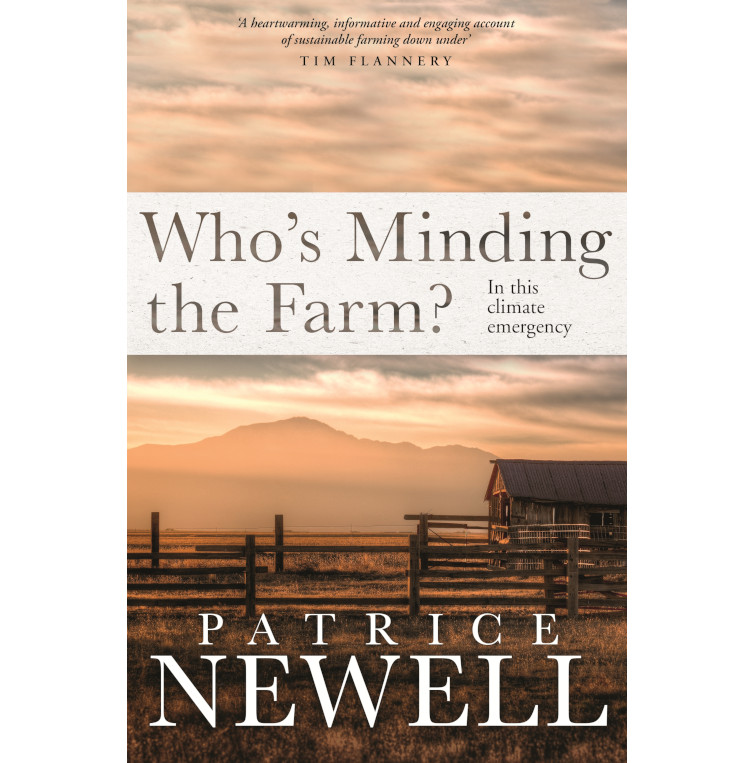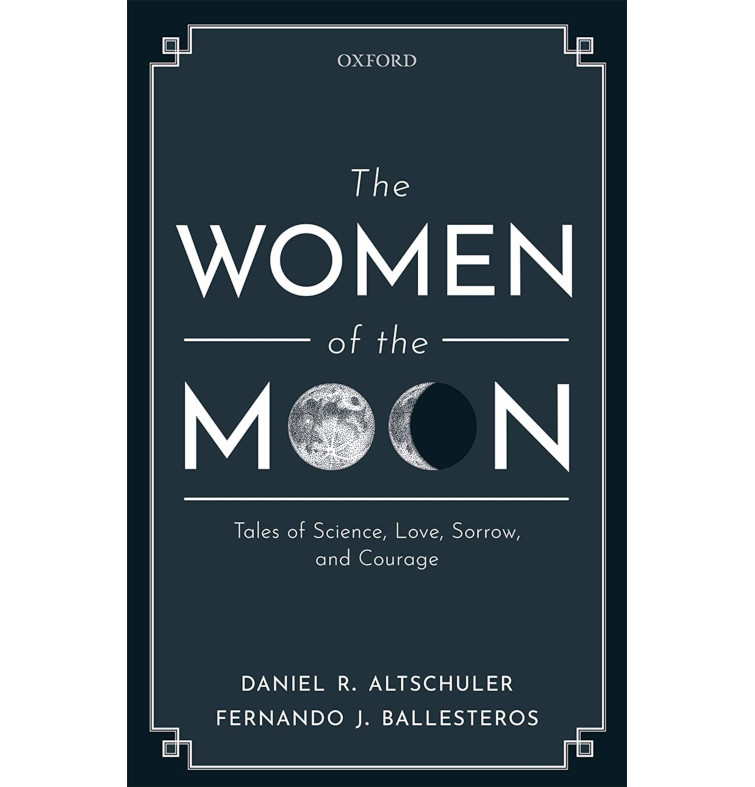Are you on the hunt for a mind-blowing read? Our team have reviewed four fresh books about science and technology.
Deborah Sippitts looks at Women of the Moon, an account of the 28 extraordinary women who have been immortalised in the names of lunar craters.
Dr Fern Beavis reviews Patrice Newell’s Whose Minding the Farm? a deep dive into sustainable agriculture in the age of climate change.
Dr Emily Finch explores Tara Westover’s Educated, a moving true story of a woman’s empowerment and the importance of STEM education.
And Benjamin Hickey reviews at James Bridle’s New Dark Age, a startling panorama of our emerging digital future.
New Dark Age, James Bridle
What happens when information creates heat rather than light?
Technologist James Bridle contends that as our world grows in technological complexity, our ability to understand it diminishes – with serious ramifications.
Laser-sharp and well-researched, this illuminating work asks why humanity’s greatest technical achievements seem to be fuelling our darkest threats; from climate change to mass surveillance to the “post-truth” erosion of democracy.
One of the culprits, Bridle argues, is the widespread belief that every problem can be solved with computation alone.
But hoarding and crunching data without “real systemic literacy” can paradoxically lead to opacity, not clarity.
Worse, because computational thinking doesn’t consider structures of power, it can reinforce them by giving vested interests the gloss of objectivity.
For instance, there’s growing awareness that machine-learning algorithms can reproduce racial and other biases.

But for Bridle, that’s just the tip of a poisonous iceberg melting into our economy, culture and psyches. Innovations that once held emancipatory promise are deepening global inequality and driving the earth’s natural systems towards collapse.
Social media is flooded with disinformation – from conspiracy theories to “deep fakes” – that buoys extremism and short-circuits the democratic process. YouTube incubates bizarre and traumatising algorithm-generated content, directly targeted at kids. And Silicon Valley is creating artificial minds we can’t comprehend, let alone control.
Even academia isn’t immune to information overload. The “publish or perish” mantra has fuelled the rise of statistical manipulation like p-hacking (or “data dredging”) which threatens the rigour of science itself.
But while Bridle questions the trajectory of our progress, he’s no Luddite. To argue against technology, he writes, “would be to argue against ourselves.” Rather, he’s calling for a deeper, more critical, more human engagement with the technocratic systems we take for granted.
While grand treatises usually end up back on the shelf with a bookmark forever wedged at page seven, New Dark Age is a surprisingly rollicking read. Bridle writes beautifully, and illustrates his ideas with fascinating facts from the history of tech. It’s worth a look for the trivia alone.
Whether you take a dim view of digital doomsaying or think these ideas sound enlightening, New Dark Age is an urgent appraisal of the dawn – or the dusk – of an era.
Review by Benjamin Hickey.
Educated, Tara Westover
In Educated, author Tara Westover tells the harrowing tale of her childhood growing up in a Mormon fundamentalist family in Idaho, United States.
Tara’s father, Gene, led his family toward the end of the world, which he believed would occur at the stroke of the new millennium. Convinced the government was tracking him and the world was full of sinners, he did not believe in sending his children to school or engaging with society.
Westover’s account of her childhood is grim in many ways. Her family was extremely poor; Gene made his seven children work in his junkyard and the children were often injured by their father’s manic efforts to bring in more money.
They did not believe in modern medicine and serious brain and other injuries went untreated. The whole family lived under the shadow of her father’s delusions.
Tara’s childhood was filled with fear and violence, but she gradually managed to pull herself out.
Despite having no formal education, she taught herself everything she needed to pass an admissions test and gain entry to college.

Westover struggled at college at first – with no schooling, the gaps in her knowledge were enormous – but she persevered and even went on to attain a PhD from Cambridge University. This is an extremely impressive feat, and a reminder of the power of determination.
While Educated is not a STEM book, it shows the importance of education for self-discovery: knowledge changed the trajectory of Tara’s life.
This is an extraordinary true story and the kind of book that stays with you for a long time. Like me, you might find yourself on Google Earth weeks after you’ve finished reading it, searching for Tara’s family home and her father’s junkyard.
I would highly recommend adding Educated to the top of that “to-read” pile you have on your bedside table.
Review by Dr Emily Finch.
Who’s Minding the Farm? In this climate emergency
Patrice Newell
“Agriculture is a $61 billion industry in Australia but one of the biggest culprits of environmental damage. As the effects of climate change become increasingly obvious, who’s watching what happens on our farms?”
Patrice Newell is an Australian farmer. After being given a bulb of purple garlic as a gift (which she mistakenly ate instead of planted) she expanded her 4000-hectare olive, honey and beef farm in the Hunter Valley, NSW, to also include a successful organic garlic business.
Having managed her farm for more than 30 years, Newell has a deep understanding of how the changing environment impacts on her crops, and importantly, how her crops impact on the land.
This account of farming life and the importance of the human connection to the land questions the long-term sustainability of current farming practices.
It asks how population growth, the increasing demand for crop and livestock products, and climate change will impact on the farms of the future.
This is a call to action for all Australians to rethink our consumption habits and take shared responsibility for the health and sustainability of our agricultural sector.

This book is an important reminder that the implementation of sustainable agricultural practices on any scale can address issues of water scarcity, soil fertility, land stewardship and food security. The responsibility for minding the farm falls on us all.
Review by Dr Fern Beavis
The Women of the Moon: Tales of Science, Love, Sorrow and Courage
Daniel R. Altschuler and Fernando J. Ballesteros
Of the 1586 lunar craters that have been named to honour scientists and philosophers, only 28 honour women.
The Women of the Moon asks who these women were, and what has happened to make women “deserve” such a singular lack of recognition.
Surely the answer to the latter is obvious, considering that women have been unacknowledged over the centuries and the International Astronomical Union – the authority for the naming of celestial bodies and their surfaces – has been dominated by men since it began in 1919.
The 28 women range from classical figures like Greek astronomer and mathematician Hypatia to intellectual giants like Gerty Cori, a Jewish Austro-Hungarian-American biochemist who was the first American woman to win a Nobel Prize in science and the woman first to win in Physiology or Medicine.
A few of the women were sponsors of science and some were active science communicators. Others stubbornly refused to submit to the prejudices and norms of their time: Caroline Herschel, who was brought up as a servant, became a tour-de-force of astronomical discovery.
More recently, Soviet cosmonaut and heroine Valentina Tereshkova was the first woman in space in 1963.

On the cover jacket, the authors say the book provides two opportunities. The first is to meditate about the gap between men and women who have lunar craters named after them. The second is to talk about these women’s lives; women who are mostly unknown today.
The second opportunity is the better one, as the 28 women are all extraordinary and totally worth rediscovering. The book presents a vibrant, distinct and diverse picture of women and what they have achieved throughout the ages.
In her foreword, popular scientific writer Dava Sobel says that in all the romance languages the Moon is feminine. Let’s hope that with the publication of this noteworthy book the naming of Moon craters becomes more feminine, too.
Rveiew by Deborah Sippitts